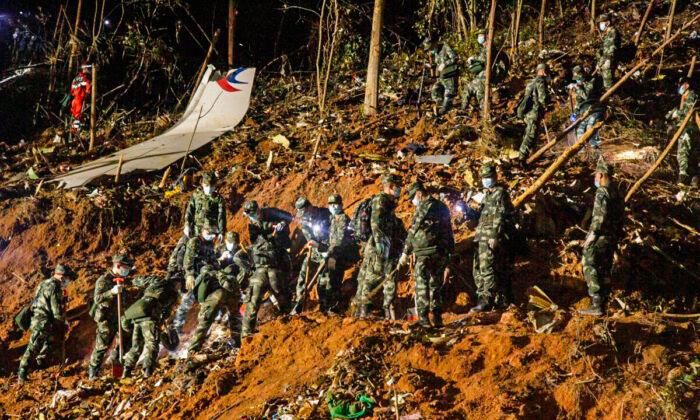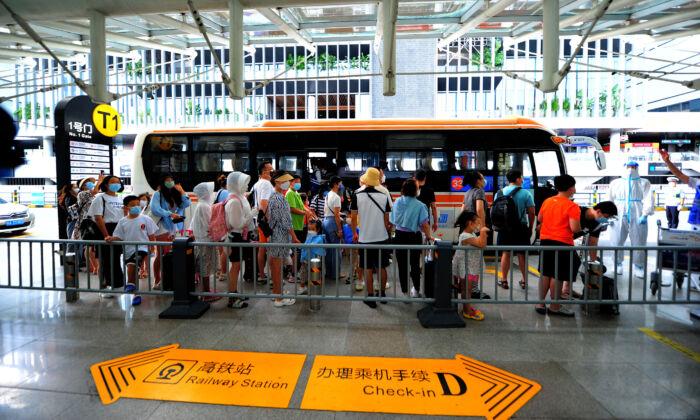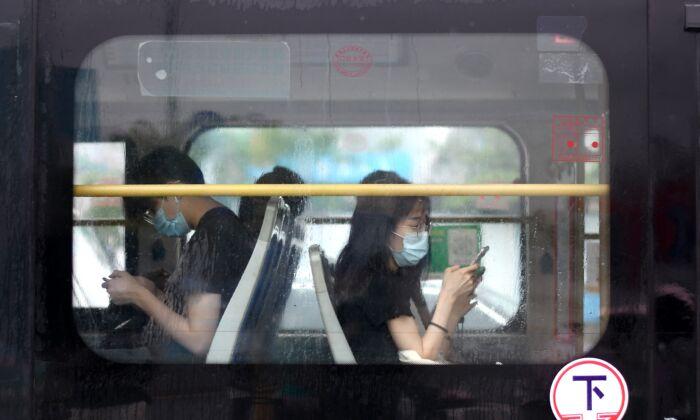China announced on March 24 that it had found human remains and wreckage of the plane that crashed with 132 people on board. At the same time, the regime removed the reports with details about the victims, the airlines cutting maintenance costs, and possible reasons for the crash.
On Thursday, rescue workers continued searching for possible survivors. In the rain, rescuers found a piece of aircraft wreckage in a farmer’s field about 6.2 miles from the site the plane plummeted into. They then decided to expand the search area.
On March 21, flight MU5735, a Boeing 737-800 airplane operated by China Eastern Airlines, was en route from southwestern China’s Kunming city to southeastern China’s Guangzhou city, carrying 123 passengers and nine crew members. At around 2:20 p.m. local time, the plane was flying at about 29,100 feet when it suddenly nosedived into a remote mountain area in Wuzhou, Guangxi.
By 4:00 p.m. of March 24, the team had found 21 victim body parts and 183 pieces of wreckage. They hadn’t found any survivors nor a complete body, dashing the hopes of the family members waiting for news about their onboard loved ones, according to the regime’s announcement.
The wreckage includes engine blades, turbine parts, engine pylon remnants, left and right horizontal stabilizers, aileron autopilot actuators, wing remnants, partial winglets, and the cockpit emergency escape module.
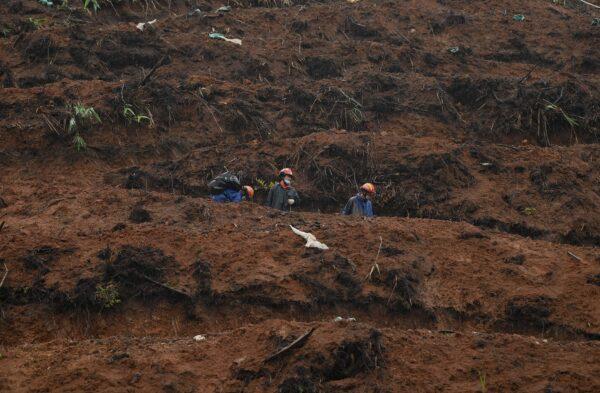
On March 23, the rescuers found the cockpit voice recorder (CVR), one of two flight recorders called“black boxes,” which records the conversations between the pilots, the pilots and the air traffic control centers on the ground, and the notification sounds that the airplane made during the flight.
Zhu Tao, director of the Aviation Safety Office at China’s Civil Aviation Administration of China (CAAC), said at a March 23 press conference that the CVR was “seriously damaged in appearance” but “relatively complete,” the recorder’s storage unit was damaged and the unit was sent to Beijing for decoding.
Censorship
The MU5735 accident is China’s worst plane disaster in over a decade. After the crash, the Chinese state-run TV programs, newspapers, and news websites focused on presenting the officials’ involvement, and the rescue team’s hard work.Only a few Chinese media reported who the victims were, and their understanding of the possible cause of the crash. But most of these reports were removed from China’s internet, and netizens aren’t allowed to post or comment on social media platforms.
A crew member name list was posted on social media platforms, soon after the accident. The list was quickly removed and some netizens who shared the post found their accounts were suspended.
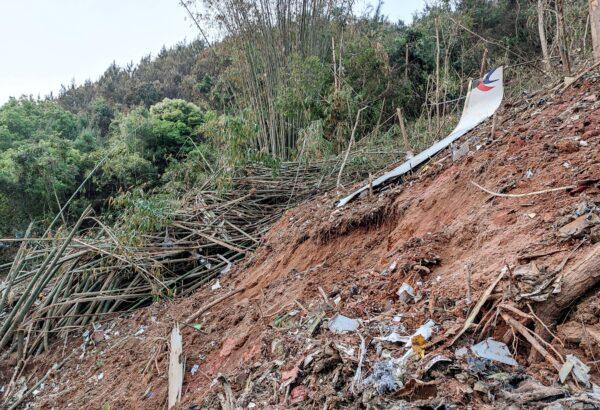
“The captain’s name is Yang Hongda, a young man from a rich family,” the report quoted Lin, and said that Yang’s father is a pilot, who used to work for China Eastern Airlines but works for another airline now.
“The co-pilot Zhang Zhengping is a ‘five-star’ captain. Many pilots who learned from him are high-ranking pilots in China,” Lin added. “Lu Kai, the transportation security officer was in this position for over 10 days.”
A third pilot, Ni Gongtao, was on the plane as a trainee. He was a young pilot in his 20s and had worked for the airline for three years.
The Phoenix TV report verified the names on the crew member list removed from the internet, and was broadly reposted by media in mainland China. However, these reposted articles were removed from the internet within hours. Chinese people can no longer read the article because the regime’s Great FireWall doesn’t allow its internet users to freely surf the web.
China Eastern Airlines announced the flight hours of the three pilots without mentioning their names at the March 23 press conference. According to the airlines, Yang earned 6,709 flight hours, Zhang had 31,769 flight hours, and Ni had flown 556 hours. The airlines emphasized at the conference that the three pilots were healthy and had harmonious families. The airlines didn’t say anything about why the experienced Zhang was co-pilot rather than the captain.
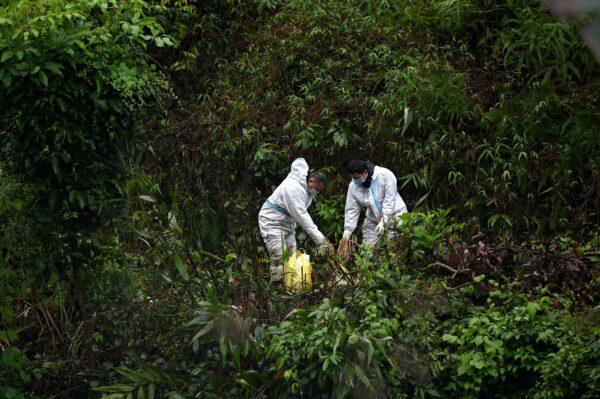
Even the state-run media reports were removed from China’s internet.
The article was removed a few hours after it was published.
On March 21, China affairs commentators outside China questioned whether the airlines used alternate parts and tools on other airplanes that would risk the safety of the airplanes.
On March 24,China Eastern removed the old promotion articles and videos, and stated that the Boeing 737 NG plane with the repaired pickle fork was retired in September 2020, and the plane that crashed was only 6.8 years old.
